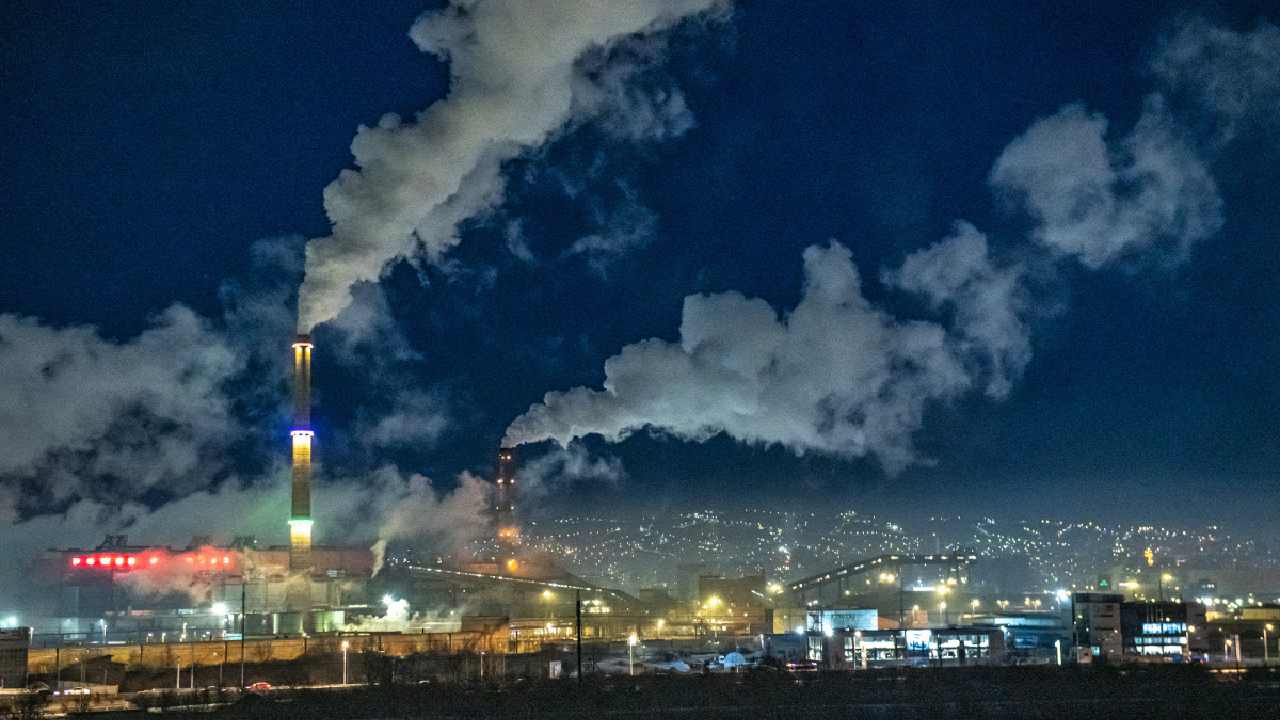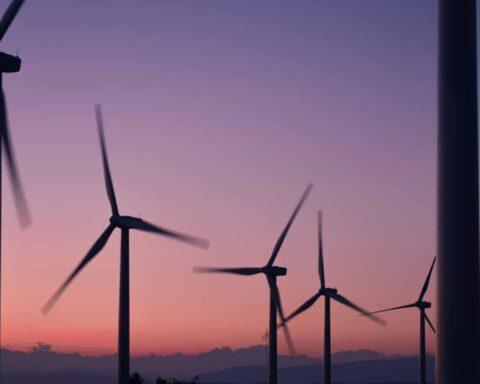As part of its efforts to go green and meet its climate targets, India plans to open carbon markets to major emitters in the electricity, steel and cement sectors.
Sources inside the government told Bloomberg and Live Mint that PM Narendra Modi will announce the new platform on August 15, Independence Day.
According to a Bloomberg report, work on setting up a carbon market has been ongoing since March, as the Center is in talks with government departments and agencies.
News of the creation of a carbon market came after Energy Minister R.K. Singh introduced the Energy Conservation (Amendment) Bill 2022 in Parliament on Wednesday, which contains similar arrangements. In addition, the bill seeks to mandate the use of non-fossil sources, including green hydrogen, green ammonia, biomass and ethanol, for energy.
What are Carbon Markets?
Carbon markets allow the trade of carbon credits with the overall objective of bringing down emissions.
- These markets create incentives to reduce emissions or improve energy efficiency.
- For example, an industrial unit which outperforms the emission standards stands to gain credits.
- Another unit which is struggling to attain the prescribed standards can buy these credits and show compliance to these standards.
- The unit that did better on the standards earns money by selling credits, while the buying unit is able to fulfil its operating obligations.
- Under the Kyoto Protocol, the predecessor to the Paris Agreement, carbon markets have worked at the international level as well.
- As the world negotiated a new climate treaty in place of the Kyoto Protocol, the developed countries no longer felt the need to adhere to their targets under the Kyoto Protocol.
- A similar carbon market is envisaged to work under the successor Paris Agreement, but its details are still being worked out.
Internationally, a carbon market was created under the 1997 United Nations Kyoto Protocol on climate change.
Under this agreement, developed countries aimed to reduce greenhouse gas emissions, but not developing countries. So if a developing country reduces its emissions by building solar panels or planting trees, it can sell “credits” to a developed country, which can count those emission reductions toward its targets.
However, this market has collapsed due to environmental performance and corruption issues.
Work is underway on a similar carbon market under the Paris Agreement, but details have yet to be finalized.
Carbon markets already exist in some countries and regions. In Europe, industrial units set emission standards to meet credits and buy and sell based on their performance.
In California, USA, the government sets a limit on the amount of greenhouse gases that can be emitted by a given industry or sector of the economy. Companies are then given allowances on the number of metric tons of carbon dioxide they can emit. Those who emit less than their allowance can sell the excess to other companies, putting pressure on everyone to reduce emissions faster.
China also has its own domestic carbon market.
Why does India need a carbon market?
The carbon market has proven to be one of the most effective ways of reducing carbon emissions. A report by Intellecap said carbon credits would encourage low-cost entities to reduce emissions beyond their mandate.
This will encourage innovation by Indian MSMEs and fund clean projects, which have plenty of room to reduce emissions, according to the Live Mint report. They can provide more liquidity to India’s deficient certificates, encouraging further reductions globally.
“Countries and companies can do a lot more with carbon markets than they could without. But they need to be well designed,” said Alex Hanafi, director of multilateral climate strategy at the Environmental Defense Fund, in the Quartz report.
Experts say the carbon market will come significantly closer to India’s goal of becoming carbon neutral by 2070.




























